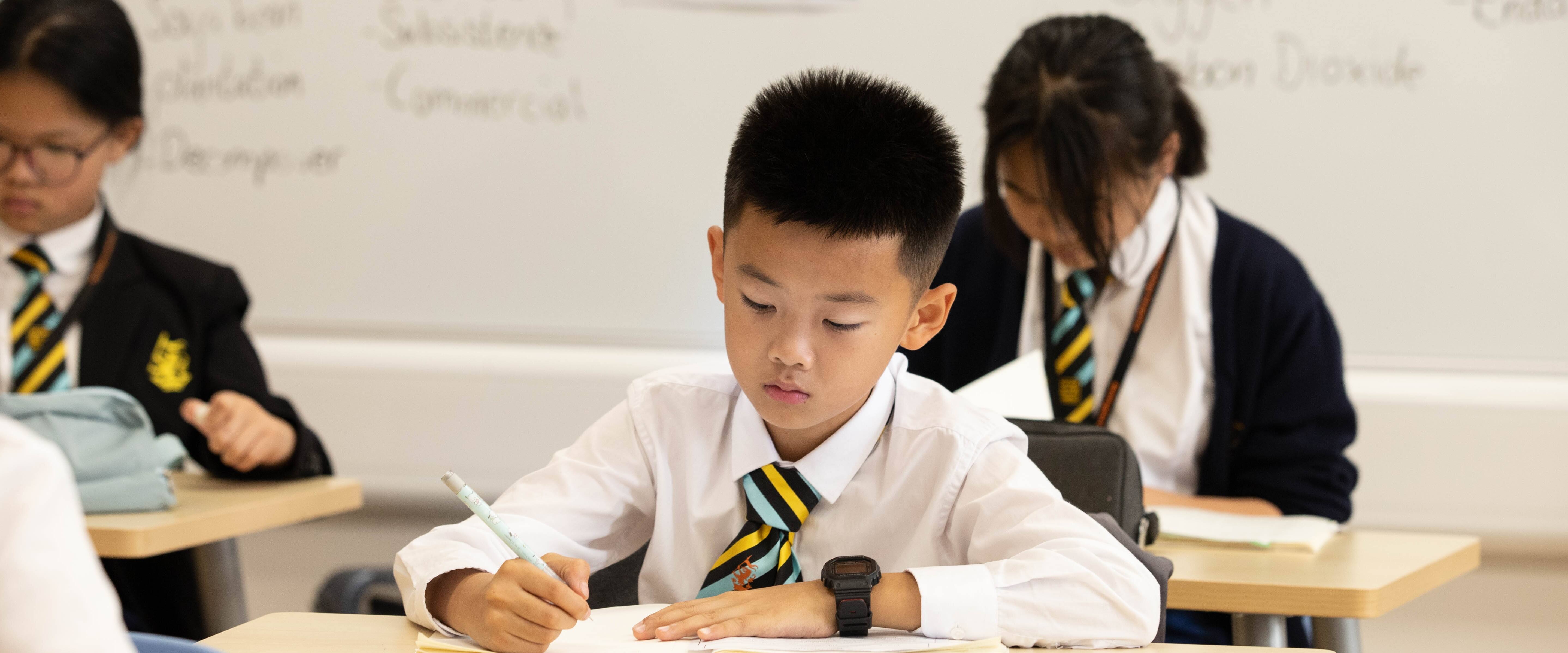

Learning is an active process in which children are constructing and producing their own understanding. Children go through different stages of learning, and it is supported by their environment, social interaction, and having opportunities to think. In Grades 1 and 2, the children at Huili School Hangzhou will have many opportunities to interact and to share their thinking together.
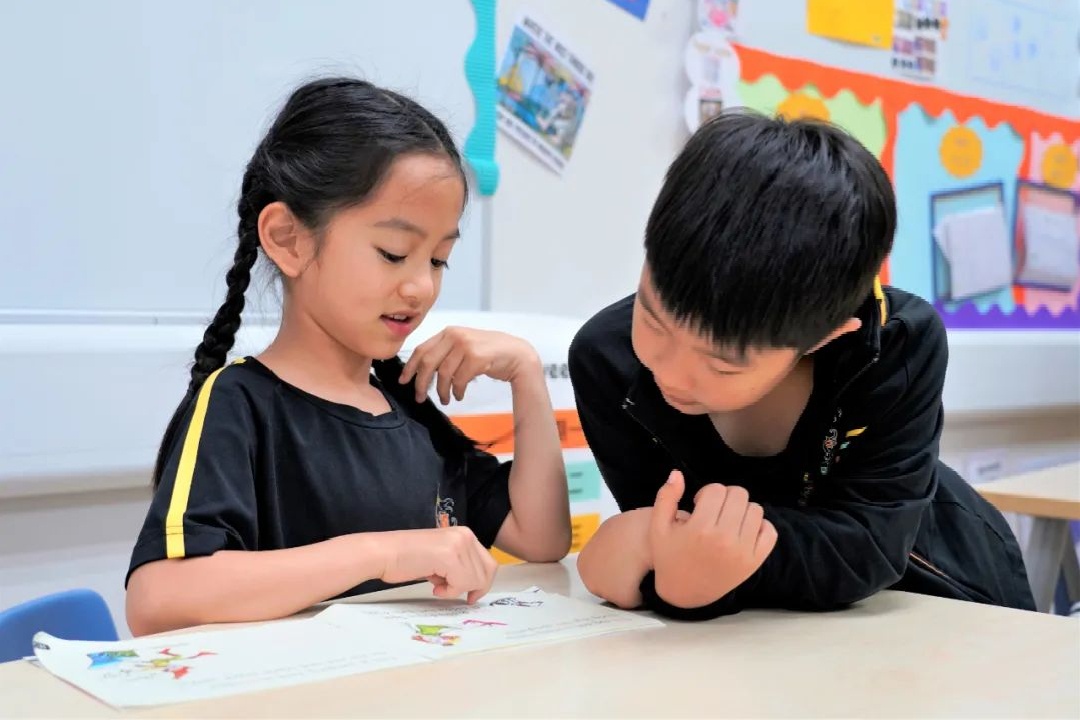
Children will develop their English skills through the project work of problem-based learning. This is a great opportunity for children’s second language acquisition to mirror their first language acquisition, as children will be using English naturally to communicate needs and interests, and through motivation to use the language, which leads to success.
Children will continue to expand their reading and writing skills through learning phonics, and in Huili Primary the use of Read Write Inc ensures children are active and engaged in learning letter sounds, blending for reading and segmenting for spelling. Children are grouped by phonics level, and progress is measured to ensure children can be appropriately supported. Alongside an active approach to teaching phonics, English will be taught using the key strategies linked to Talk for Writing, also known as T4W. T4W is a well-established approach to English teaching which incorporates discussion and active learning to support children learning English.
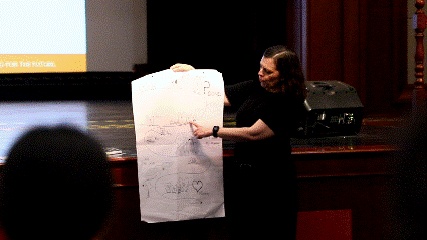
Examples of children's story maps
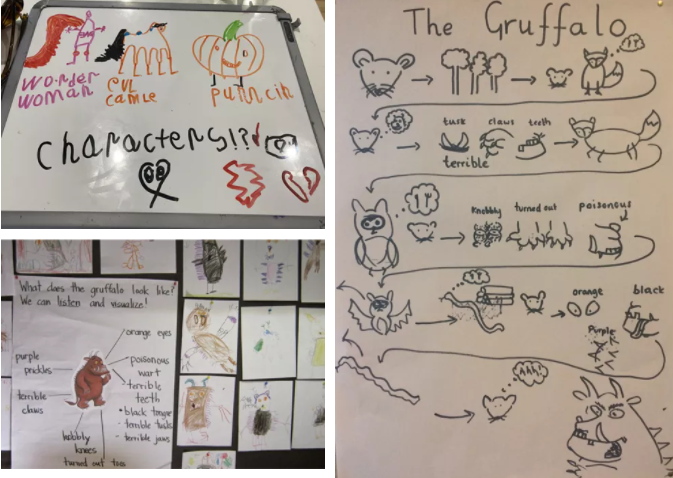
The first stage in T4W is sharing texts with children. Through reading children learn how different texts are structured and can collect or magpie new and exciting vocabulary. Children can join in with repetitive phrasing as the stories are shared aloud, ideally several times. Teachers then start to assess children’s understanding of texts by encouraging children to produce their own text called a cold write. Teachers use the cold write to help plan what children need to learn to be able to write the story or non-fiction text more creatively and effectively. Teachers next create story maps with the children and use these as a guide to follow to retell the story. Children join with the shared retelling, using pictures and actions to help them remember different parts. By using the story map as a guide or plan, children can say the story out loud, and eventually can write their own version of the story by following the plan. In T4W this is called imitation. When children are ready, they can be even more creative with language and add or change one thing in the story - the innovation stage. Eventually, children will have the skills and the confidence to use their well-developed knowledge of text structures to produce their own independently - the invention stage. Teachers will again assess the children’s writing, this time called a hot task, to see the progress children have made since their cold write.
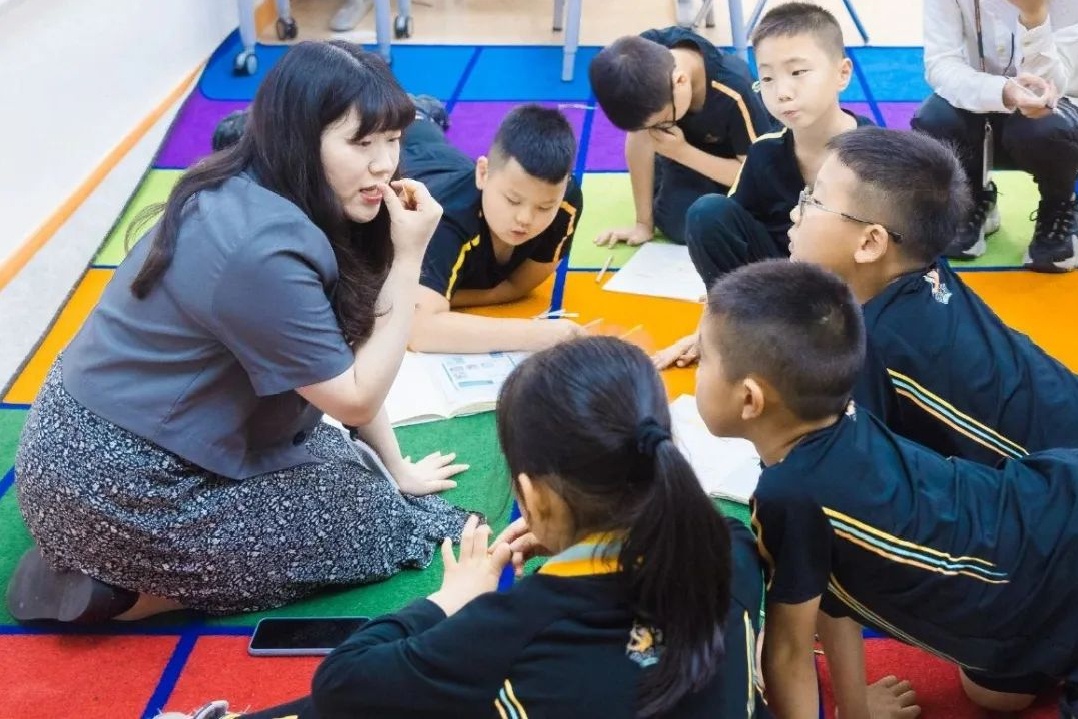
T4W allows children to interact with each other, and with texts, and to use talk to learn. It also enables creative thinking to be developed, which is an essential part of learning. Creative thinking is a higher order thinking skill, as is outlined by Bloom’s Taxonomy. Higher order thinking skills- HOTS- and lower order thinking skills - LOTS - are crucial to ensure children are really learning. LOTS and HOTS are key to the success of CLIL - Content and Language Integrated Learning- which is used to teach Theme lesson for Grades 1 and 2. CLIL lessons are taught in English but the focus of the lesson is the subject content. For example, children might have a science lesson which is taught in English. Children learn the content as they are practising the English language. Teachers will ensure that content vocabulary and any functional language linked to the subject is taught. In this way, children get to use English authentically. In CLIL lessons, interaction is central, so opportunities for paired and group discussion tasks are embedded. Encouraging and supporting children to talk and write about this learning in English helps children to use grammatical structures of English. And even though mistakes might happen, we know that practice really does make perfect. If children worry about producing perfect English the first time, then they lose confidence and motivation. To track progress in English, teachers will keep a record of children’s achievements of the Key Learning Objectives - the KLOs - and will work with other teachers both in school and across the group to moderate children’s work.
So how do children learn English? They learn through having opportunity to practice, through seeing and hearing English being used, through thinking and making connections, and through being engaged and motivated to try to communicate. Learning English should allow children to think, and when they think, they learn. And that is exciting.